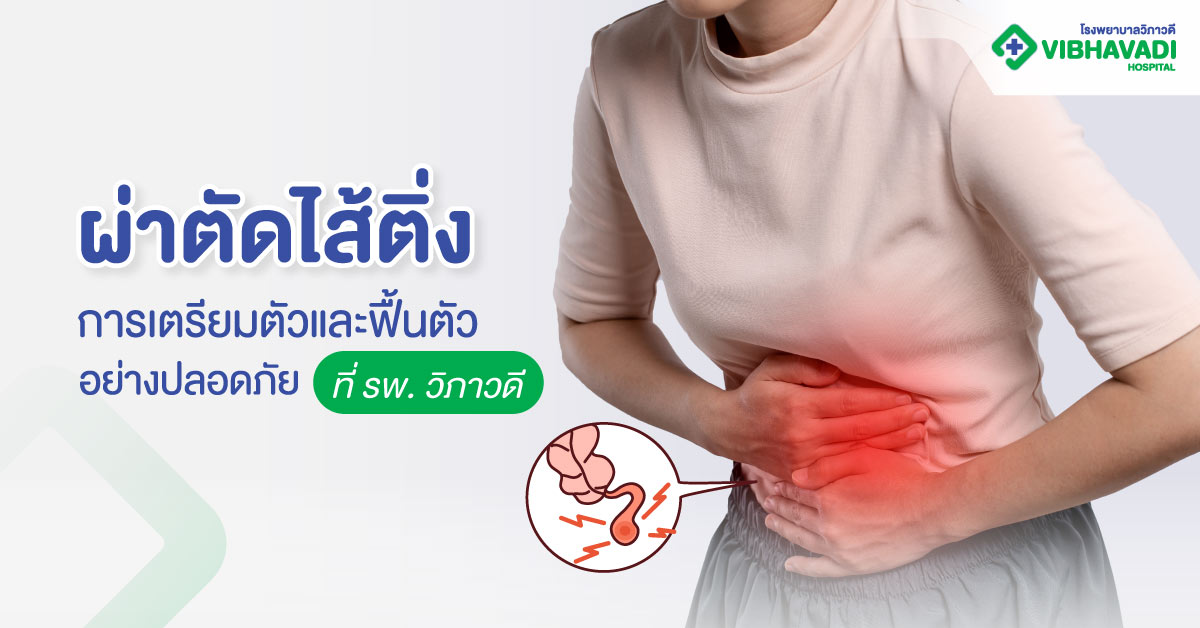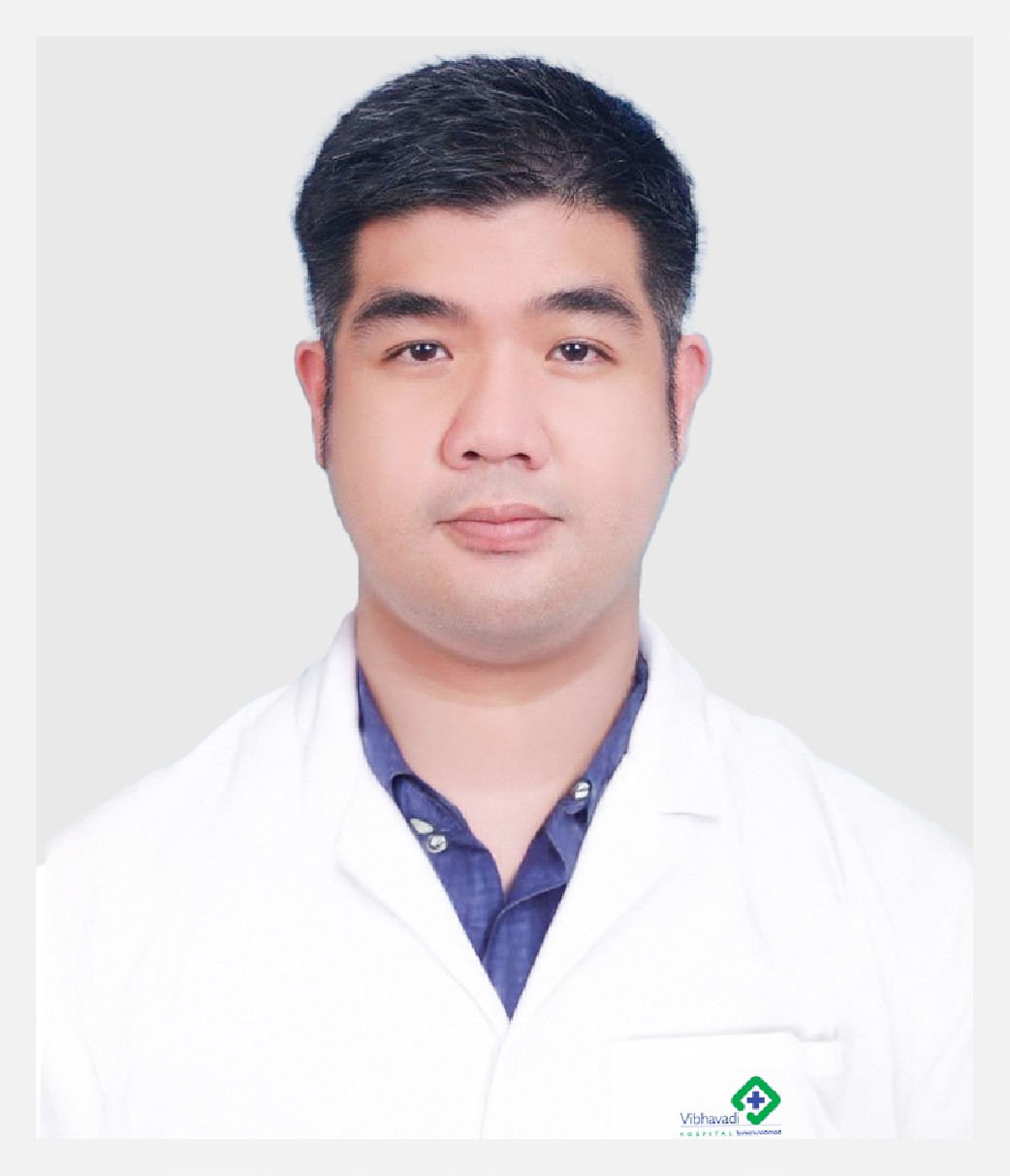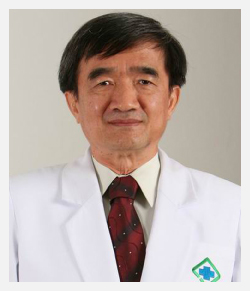Appendicitis

Key Takeaway:
Appendicitis is an inflammation of the appendix, a small pouch attached to the large intestine. It often causes sharp abdominal pain, nausea, or fever. Without timely treatment, the appendix may rupture and cause severe infection.
What Is Appendicitis?
Appendicitis occurs when the appendix, a small finger-shaped organ attached to the large intestine, becomes inflamed due to blockage or infection. The condition often presents with sudden pain starting near the navel that shifts to the lower right abdomen. If untreated, the appendix can rupture, allowing bacteria to spread into the abdominal cavity and cause a life-threatening infection known as peritonitis.
Although appendicitis can affect people of any age, it most commonly occurs in teenagers and young adults.
Causes of Appendicitis
Appendicitis usually results from an obstruction inside the appendix that allows bacteria to grow and cause inflammation.
Common causes include:
-
Fecaliths or hard stool: Hardened stool blocking the appendix opening.
-
Mucus or pus buildup: Resulting from minor inflammation or infection.
-
Foreign bodies or parasites: Rare, but can lead to blockage and infection.
Once blockage occurs, pressure builds up inside the appendix, leading to swelling, bacterial growth, and tissue damage. If the pressure continues to rise, the appendix may burst and spread infection throughout the abdomen.
Risk Factors
Certain factors may increase the risk of developing appendicitis, though they are not direct causes:
-
Age and sex: Common in people aged 10–30 and slightly more frequent in males.
-
Family history: Genetic factors may contribute to susceptibility.
-
Gastrointestinal infections: Viral or bacterial infections can trigger inflammation.
-
Low-fiber diet: May slow bowel movements and increase stool buildup, leading to blockage.
A balanced diet rich in fiber and awareness of unusual abdominal pain can help lower the risk.
Common Symptoms of Appendicitis
Early symptoms may be mild and easily mistaken for other digestive issues. However, the pain typically becomes severe within hours.
Key symptoms include:
-
Abdominal pain: Starts near the belly button and moves to the lower right abdomen; worsens when pressed.
-
Nausea and vomiting
-
Loss of appetite and low-grade fever
-
Digestive changes: Diarrhea or constipation may occur.
If these symptoms worsen, urgent medical attention is necessary to prevent complications.
Diagnosis of Appendicitis
Because appendicitis symptoms can resemble other abdominal conditions, accurate diagnosis requires a combination of clinical and imaging evaluations.
Diagnostic steps include:
-
Medical history and physical examination: The doctor checks for tenderness and pain in the lower right abdomen.
-
Blood and urine tests: To detect infection or rule out other causes.
-
Imaging studies: Ultrasound or CT scans provide clear visualization of the appendix and surrounding tissues.
Timely and precise diagnosis is crucial to prevent rupture and infection spreading in the abdomen.
Treatment Options for Appendicitis
Once diagnosed, appendicitis typically requires prompt medical or surgical intervention.
1. Antibiotic Therapy
For mild appendicitis or in cases where surgery poses high risk, antibiotics may be used to reduce infection and inflammation. However, if symptoms persist or worsen, surgery is still necessary.
2. Open Appendectomy
This traditional approach involves a single incision (5–10 cm) in the lower right abdomen to remove the appendix directly.
Advantages: Ideal for complicated cases such as ruptured appendicitis.
Disadvantages: Larger scar, more postoperative pain, and longer recovery time.
3. Laparoscopic Appendectomy
A minimally invasive technique using 2–3 small incisions and a tiny camera to remove the appendix.
Benefits:
-
Less postoperative pain
-
Smaller scars
-
Faster recovery and shorter hospital stay
Limitations: May not be suitable if the appendix has ruptured or if severe infection is present.
Preoperative Preparation
Before surgery, patients should follow these preparation guidelines:
-
Fasting: Avoid food and drink for 6–8 hours before surgery.
-
Inform doctors of allergies or chronic illnesses.
-
Adequate rest: Get enough sleep and maintain a calm mindset before the procedure.
-
Preoperative tests: Blood, urine, and imaging studies to ensure readiness for anesthesia and surgery.
Postoperative Care and Recovery
Proper aftercare promotes faster healing and minimizes complications.
Key recommendations:
-
Rest adequately: Avoid strenuous activities for 1–2 weeks.
-
Wound care: Keep the incision clean and dry; watch for redness or discharge.
-
Diet: Start with soft, easily digestible foods (porridge, soup, fruits, lean proteins).
-
Hydration: Drink enough water to prevent constipation.
-
Follow-up visits: Report any high fever, severe pain, or swelling to your doctor immediately.
Possible Complications
Although appendectomy is a common and generally safe procedure, potential complications include:
-
Wound infection (redness, swelling, pus discharge)
-
Internal bleeding or bruising
-
Intra-abdominal abscess
-
Adhesions (scar tissue) causing bowel obstruction
-
Anesthesia-related issues such as nausea or dizziness
When performed by experienced surgeons and followed by proper postoperative care, the risk of serious complications is very low.
Appendectomy at Vibhavadi Hospital
At Vibhavadi Hospital’s Surgery Center, appendicitis cases are treated promptly and safely by experienced surgeons. Both open and laparoscopic appendectomy options are available, supported by advanced surgical technology and comprehensive post-surgery care.
Our multidisciplinary team ensures every patient receives timely treatment and recovers efficiently with minimal discomfort.
Summary
Appendicitis is a medical emergency caused by blockage and infection in the appendix. It presents with sudden abdominal pain, nausea, and fever, and requires prompt diagnosis and treatment.
Management includes antibiotics for mild cases and surgery (open or laparoscopic) for removal of the appendix. With proper postoperative care, patients can recover quickly and safely.
For expert surgical care, visit Vibhavadi Hospital’s Surgery Center or call 02-561-1111 for more information.
FAQs About Appendicitis
How long does appendectomy take?
Usually 30–60 minutes for laparoscopic surgery; slightly longer for open surgery.
How many days of hospital stay are needed?
Typically 1–2 days for laparoscopic cases, 2–4 days for open surgery, and up to 5–10 days for ruptured appendix cases.
What can I eat after appendectomy?
Start with soft, light meals such as porridge, soup, or boiled vegetables. Avoid fatty or spicy foods until fully recovered.
Can children undergo appendectomy?
Yes. It is safe when performed by pediatric surgeons using appropriate anesthesia and equipment.
Testimonials
Proud to take care of you





























